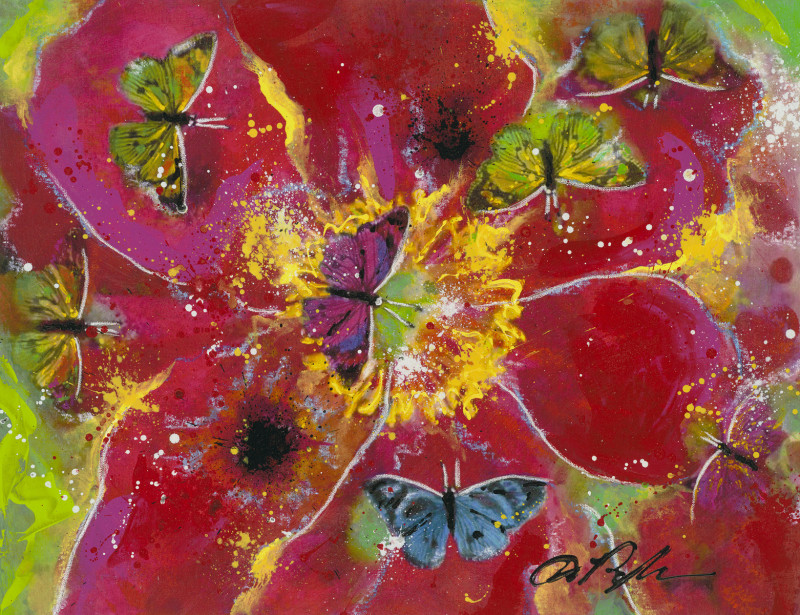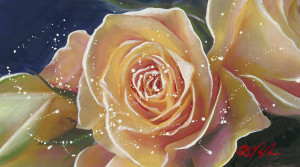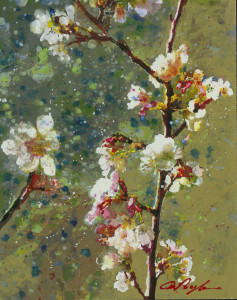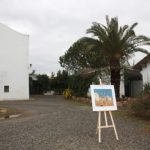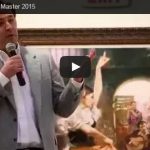April showers, Pangborn flowers
As spring showers inspire flowers to grow, Park West Gallery asked Korean-born artist Dominic Pangborn to speak about the meaning and symbolism behind the flowers that bloom from his artwork.
Poppies are a favorite subject among artists and art collectors alike, and Pangborn is no exception. He says even if people have never seen a poppy in real life, the late-spring flower in his art seems to draw them in. In addition, red is a recurring color in Pangborn’s oeuvre, making the poppy a natural choice for the Detroit-based artist.
In works such as “Sunrise Poppies” or “In Bloom I,” Pangborn says he paints his bright poppies using negative space to engage the viewer, making them think and ask themselves what they see.
“When they look at it, I don’t want them to say ‘wow, that’s a very beautiful flower,’ I want them to look at it and say ‘wow, that could be a poppy or daisy,’” he says. “I want them to question it and I want them to fill in that void.”
In “Nectar,” Pangborn paints an abstract close-up of a poppy with colorful butterflies fluttering around it. His penchant for using asymmetry is apparent in “Nectar,” painting an odd number of petals and butterflies. He says to him, asymmetry represents the organic, natural world.
“My philosophy is this: The difference between the east and the west is that in the west, everything is in even numbers, and in Asia everything is in odd numbers,” he says. “Even numbers are man-made, odd numbers are natural.”
This philosophy is partly inspired by his heritage and his travels. For instance, his observation of ikebana – the Japanese art of flower arrangement symbolizing nature and humanity coming together – has played a role in his floral paintings.
“A lot of my art has connections of the east and west flare to it,” he says. “I don’t go out of the way trying to bring in eastern imagery into the picture; it’s just that when I’m done with the painting, I see it.”
Butterflies in his artwork symbolize transformation, a theme not only appropriate for the changing of seasons, but one Pangborn sees in himself, as he seeks artistic evolution through revolution.
While his art usually involves abstraction, Pangborn will also create representational paintings like his “Peach Rose.” This photo-realistic style shows his versatility, and still includes abstraction and expressionism in the form of paint splatters accenting the rose.
“I want to demonstrate that I can depict from super-realism to non-representational abstract,” he says. “They both have their strengths in their own ways.”
Those strengths are seen in “Full Bloom,” a work using representational and abstract styles to portray fresh apple blossoms he once saw at a Chicago flower shop. Like the negative space of his poppy paintings, he utilizes an abstract background to engage the viewer to, as he says, “become a part of the artist.”
“I know that every painting I do has emotion put into it, and I really believe that emotion jumps off onto the viewer and they have that feeling,” he says.

